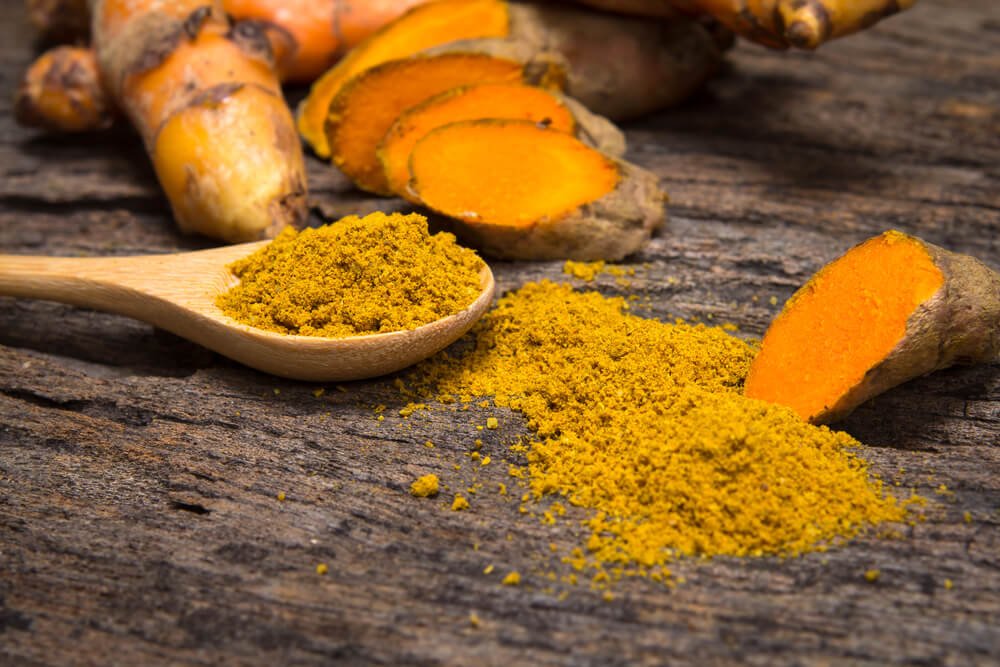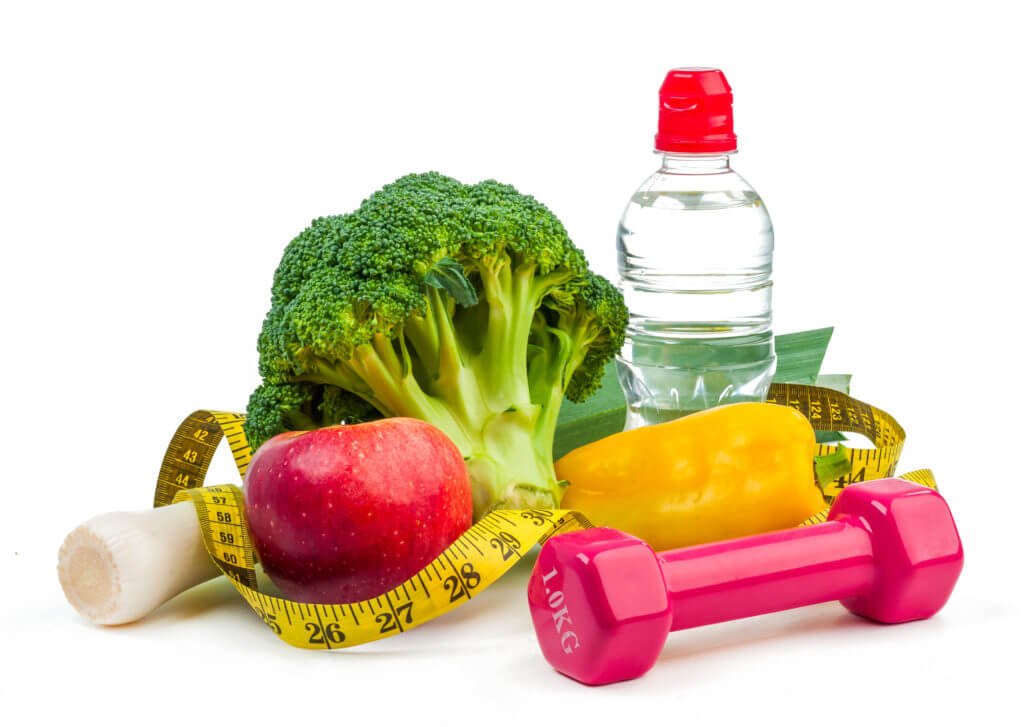Turmeric: What’s all the interest?

Q: What can you tell me about Turmeric? A: Tons of interest in Turmeric! Turmeric is a bright yellow aromatic powder used mostly in Indian cooking. It’s a member of the ginger family and is the key ingredient in curry. Turmeric has been used throughout history mainly as a condiment, but has also been used to color textile and as a natural health remedy. Today, turmeric is used as a dietary supplement for inflammation, arthritis, stomach, skin, liver, and gallbladder problems, cancer, and other conditions. The health benefits of turmeric come from curcumin. Curcumin gives turmeric its bright orange-yellow hue and is responsible for a whole host of health benefits. Curcumin has powerful anti-inflammatory properties and is a very strong antioxidant. Antioxidants are substances that protect the cell from cell damage caused by free radicals and environmental factors, https://www.cdhfinechemical.com/cdh_data/antibiotics-online/. Some studies have noted that curcumin has several therapeutic effects, one being the inhibition of cancer cell proliferation. Studies are also being conducted showing the positive effects curcumin has when supplemented during chemo and radiation therapy. More research is needed but the benefits of curcumin have thus far shown positive outcomes, and nothing to date has shown a negative effect on cancer or cancer survivorship, especially breast cancer. Turmeric can easily be added to any run-of-the-mill dishes to give it an extra layer of flavor. It’s great sprinkled on fish, meat and poultry, and can liven up your mashed potatoes or mashed cauliflower. Turmeric can also be sautéed with onions and garlic and added to your favorite soup or stew. You may even want to give it a try in your favorite tuna salad or egg salad recipe. Turmeric can also make a soothing tea. (Boil 4 cups water, add one teaspoon ground turmeric and reduce to a simmer for 10 minutes. Strain and add honey and/or lemon to taste. Add a pinch of black pepper for increased absorption of the curcumin). If you prefer to take a supplement, make sure it contains a significant amount of curcumin. For a Turmeric Curcumin supplement to be effective, it has to have at least 1,300 mg of Turmeric, containing 95% curcumin PLUS 10 mg of piperine extract, (active ingredient in black pepper), for increased absorption and no additional fillers. Remember: Before you take any supplements during cancer treatment, you need to talk with your oncologist to determine if they are appropriate for you. Curcumin can interfere with some chemotherapies and Coumadin (generic: warfarin), an anti-clotting medication.
TurningPoint Interview on Top Docs Radio

Radio Interview covers organization overview, history and growth of TurningPoint. Top Docs Radio hosted an interview with Founder and Executive Director Jill Binkley. Check out the interview.
Patient Perspective: Elise

My journey with breast cancer began in the spring of 2015. I was diagnosed with invasive DCIS. I had a lumpectomy and fairly quickly returned to life as normal. That life included living in Macon, working as an elementary music teacher, enjoying special times with my Mom, and spending time with family and friends. In September 2015, my mother passed away after a brief illness. She had truly been my cheerleader and support through my initial journey with breast cancer. Life had now changed unexpectantly, and there was soon to be another bend in the road. In December 2015, following my six-month check-up from my lumpectomy, I was diagnosed with DCIS again in the same breast. In January 2016, I had a bilateral mastectomy with latissimus flap reconstruction. I was very blessed to have a breast surgeon and a plastic surgeon in the Atlanta area from whom I received outstanding care. The road ahead to recovery was not one I had anticipated. My plastic surgeon highly recommended TurningPoint for rehabilitation after my surgery. For the sake of convenience, since I live in Macon, I inquired about physical therapists in the Macon area, and there was nothing that compared with the specialized care and expertise of TurningPoint. I was assured that it would be worth it, and I was definitely not disappointed! Upon my first visit to TurningPoint, I found a warm, inviting atmosphere that immediately put me at ease. After I left my first appointment, I had a real sense of hope – hope that I would once again, in time, return to normal movement and activity. In the months that followed, sweet friendships developed with the staff. I was blessed with more than just highly specialized physical therapy care; I was blessed with a new circle of support, new cheerleaders who were caring, compassionate, and understanding of my specific needs from my particular surgery. I looked forward to my appointments at TurningPoint; they were worth every mile! The Lord has lovingly provided family and friends to help and encourage me in priceless ways. TurningPoint has been a vital part of that. I am so very grateful for the wonderful work of TurningPoint and how they have ministered to me and been an integral part of my journey with breast cancer!
Nutrition Q&A: 17 Healthy Tips for 2017

Q: I’m always a bit overwhelmed with New Year good intentions, but how can I follow through ? A: 17 Tips for 2017! With the arrival of the New Year, I challenge everyone to focus on positive things you can do for your health. New Year’s resolutions tend to be the same every year–eat healthier, lose weight, exercise, quit smoking, etc. Everyone has such high hopes and expectations, yet few of us set up a plan to help us succeed. So, instead of diving into the year with blinders on, in honor of 2017, here are 17 things you can do for a better YOU, and assist in keeping you free of cancer and/or recurrence. These tips include some general things YOU can do as well as some top cancer-fighting foods to be sure you’ve included in your nutrition. Seven General Things YOU can do: If overweight, strive to become a healthy weight. Being a healthy weight is the single most important thing, next to not smoking, that can decrease your risk of cancer and/or cancer recurrence. Facts on obesity and cancer. Hydrate. Your body is made of 70% water. Proper hydration is critical for your body to function at its full potential. Cut back on red meat consumption. Red meat should be kept at a minimum of 18 oz. or less per week. Red meat consists of beef, pork, lamb, venison, veal. When eating red meat, choose grass-fed options when available. Increase physical activity. Physical activity is the single most important thing you can do to keep healthy, cancer-free, and decrease your chance of recurrence. You may want to consult this quiz on your activity level. Eliminate all processed meat like bacon, luncheon meat, sausage etc. Processed meats are harmful because they are high in sodium and loaded with nitrites. Nitrites are a known carcinogen and should be avoided at all cost. Keep alcohol consumption to a minimum, if at all. General guidelines for Men: 2 drinks per day, for Women: 1 drink per day. Cut back on saturated fat. Saturated fat is an inflammatory fat. Chronic inflammation can contribute to a number of health issues. Saturated fats can be found in meat (especially those heavily marbled) chicken skin, full-fat dairy, butter, margarine, and coconut oil. Top 10 cancer-fighting foods: Blueberries have the highest antioxidant power among all fruit, due largely to the number of phytochemicals they possess. They’re also an excellent source of vitamins C and K, manganese and a good source of dietary fiber. Legumes provide 20% of the daily value for fiber and 10% of the daily value for protein. Legumes are an excellent source of folate, also providing iron, magnesium and a handful of phytonutrients. Cherries are a good source of fiber, vitamin C, and potassium. Cherries have good anti-inflammatory properties, and contain a variety of phytochemicals contributing to its antioxidant properties. Flaxseed and chia seed are both excellent sources of magnesium, manganese, thiamin, and fiber. They are a good source of selenium and provide protein and copper, as well. Both are an excellent source of Alpha-linolenic acid (ALA) Walnuts are good for us for many reasons, but mostly because of the antioxidant properties they have due to the large amount of phytochemicals they provide. They’re an excellent source of copper, manganese, and a good source of magnesium as well as Omega-3 fatty acids. Grapefruit. One-half of a medium grapefruit provides almost all of your vitamin C needs for the day and are also loaded with cancer-fighting phytochemicals. Tomatoes are an excellent source of vitamins C and A, and one serving provides 10 percent of the daily recommended potassium. In addition to beta-carotene, tomatoes contain a number of other carotenoids. Carrots contain 200% of the daily value for vitamin A in a half-cup, along with providing fiber and vitamin K. Apples are a good source of fiber and vitamin C and provide a heavy dose of phytochemicals. Whole Grains are good sources of fiber. They also provide magnesium, protein, manganese, thiamin, niacin, vitamin B-6 and selenium. More information on cancer-fighting foods.










